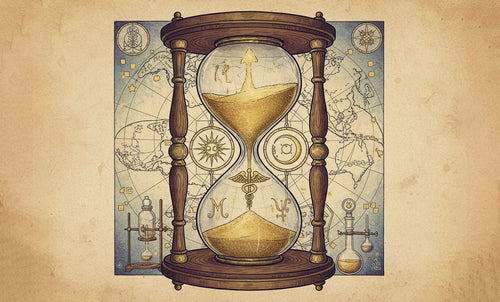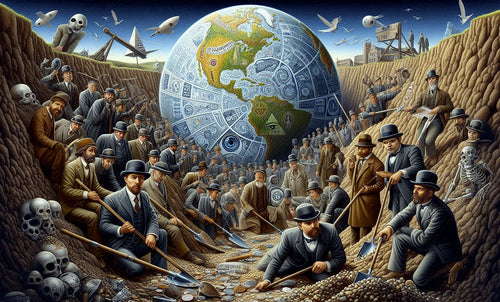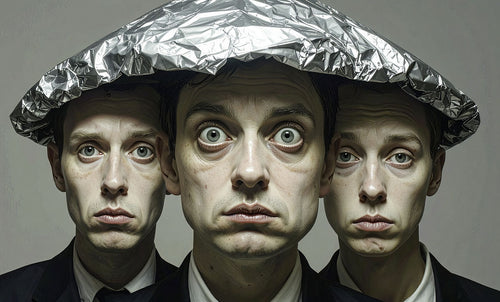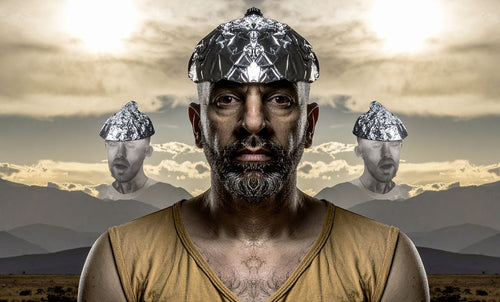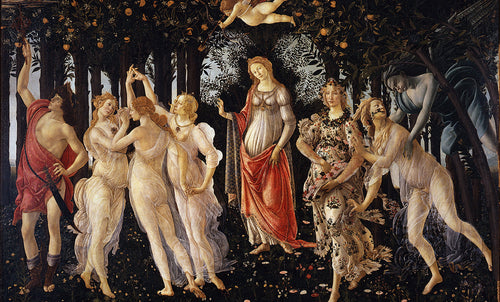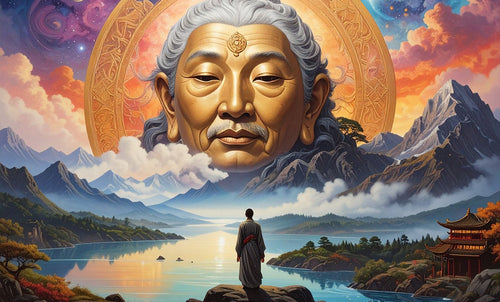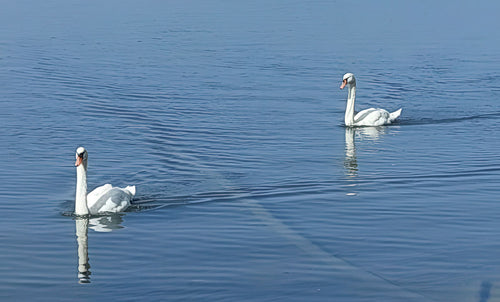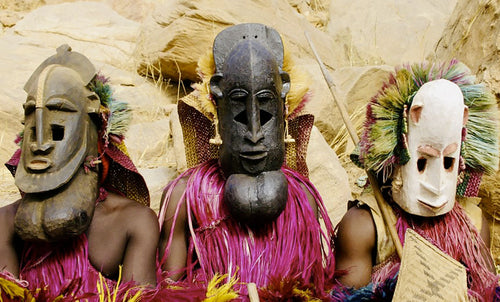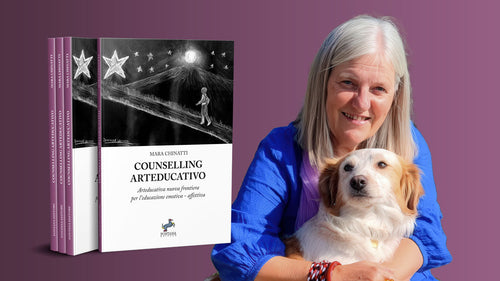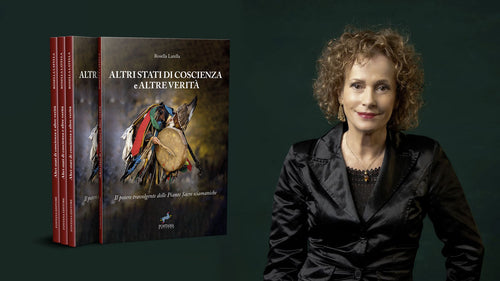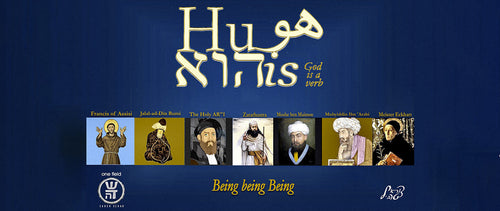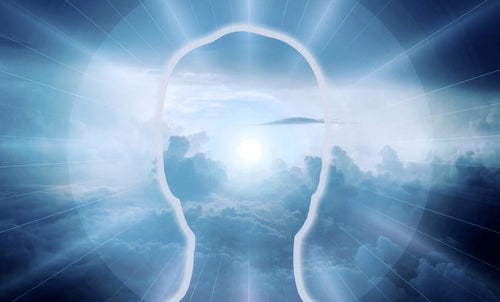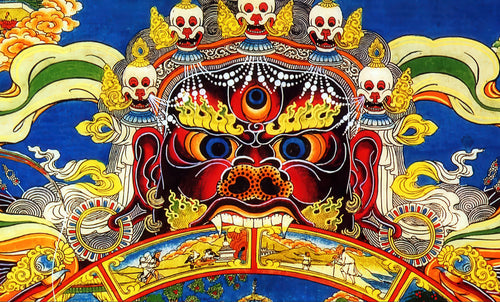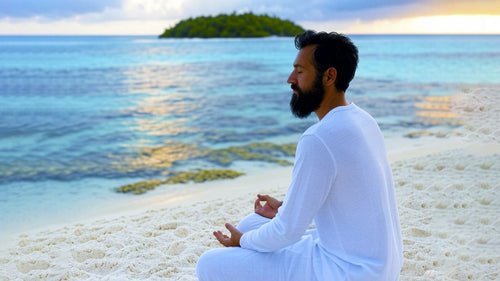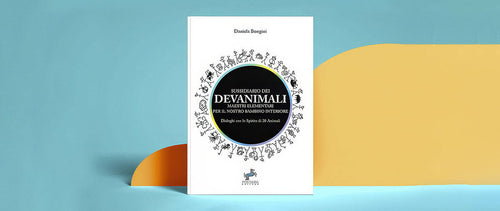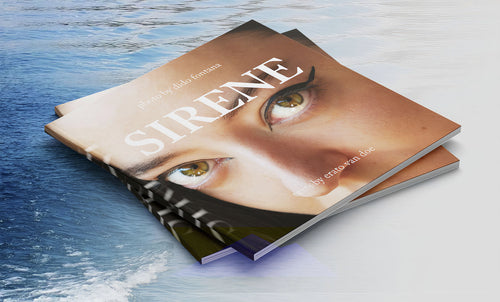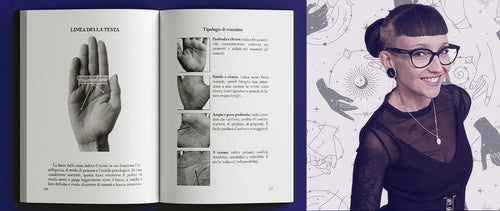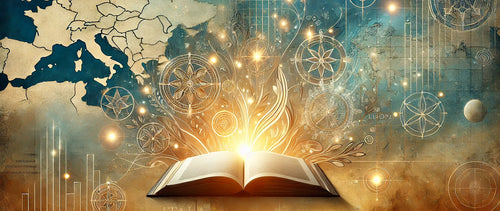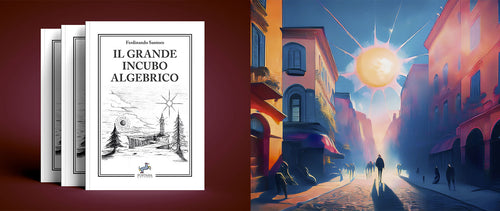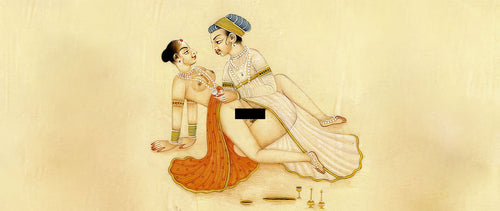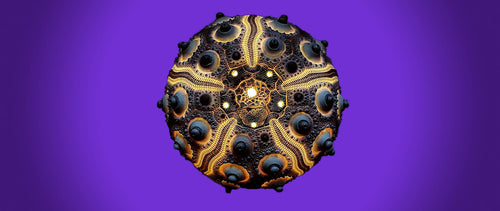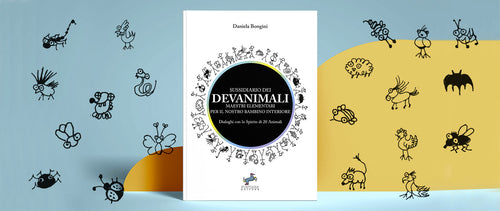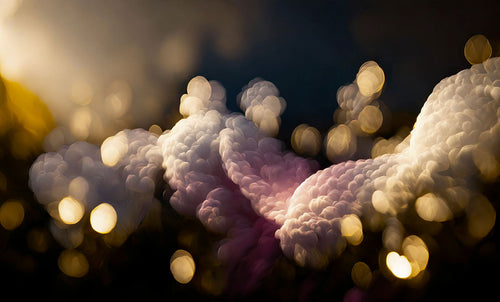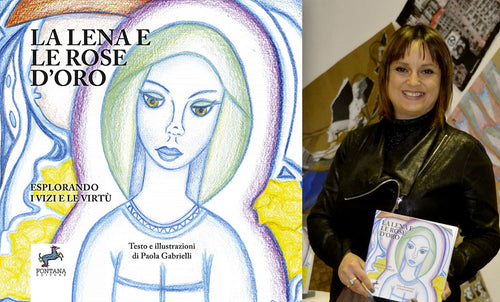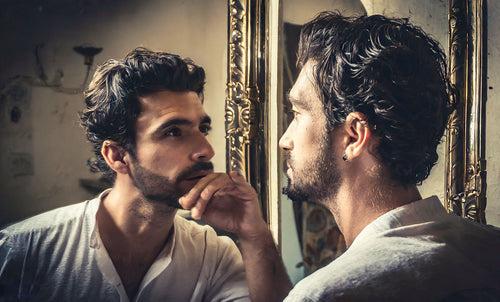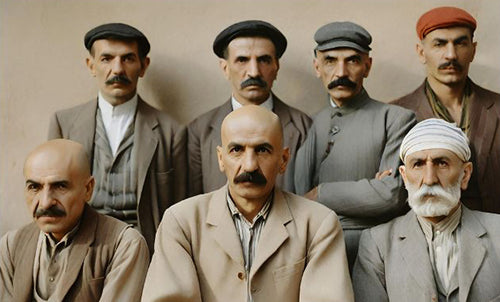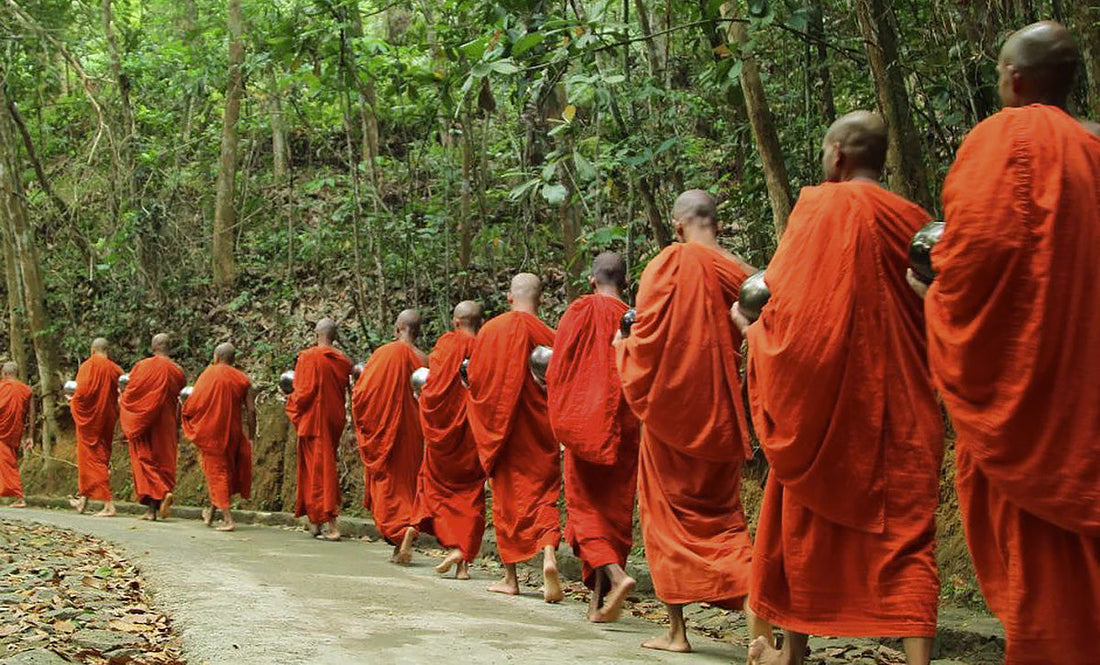
RIGPA. The Greatest Mystery of Life - Part 2
Leonardo Anfolsi e Alessandro RusticelliFor now we have seductively shed some light - as is the custom in Zen - with speeches that bring us back to our "Buddha nature", to stir up satori or, at least, kensho in the listeners. The reader will find an explanation of these two words later, but in the meantime it is important to ask the right question, keeping it with us every moment without too much noise, "like a subtle echo: " Who am I? "
Chögyall Namkhai Norbu often repeated that even such a “spontaneous” and “immediate” path actually needs training; because even if the recognition of rigpa is immediate, incontrovertible and in-itself-eternal, since unfortunately we all live also and above all in the world of conventions, we must be able to grasp its true essence, which however is outside of time.
A certain materialistic dystopia has inspired some madman to invent an existential microchip capable of containing all of an individual's life experiences, memories and habits, to graft them into a robot with his or her likeness; In a historical moment capable of this delirium, it is essential to maintain a healthy sense of reality that, brought to its maximum results, can ultimately allow enlightenment.
And there is a big difference between having an uncontrollable fear of death and instead seeing that it is part of life, being only a counterpart of birth, a form of time-duration, that is, made of minutes, hours, days. Nothing else.
What does it mean to be beyond time? Is it possible that eternity can really be lived? And what is it for us? An intuition? An emotion? An idea? And how can it change our lives, this eternity that permeates everything, but that most people characterize as inhuman, cold and worthy only of superhuman beings?
How can we reach it? These questions, of course, also concern death, a theme that is usually removed by whistling; but meditation gives us the power to overcome every misunderstanding and above all the overwhelming importance given to words, which seem to describe ex divinis what the world is and our role in it.
Naked, silent meditation gives us back reality as it is - if we want to notice it - and eternity can finally be lived in the silence of our intimacy. And why would this state be eternity? Perhaps we expected something extraordinary and instead no: no angel has given it to us, no god has revealed it to us, but it is only the fruit of our obstinacy, of the courage to expose ourselves to reality as it is, even if it rains and is cold.
Yes. You. Can. Do. It.
Perhaps deep absorption in eternity is achieved precisely in the emotion of being lost, a losing oneself to oneself and to the world which ultimately is a finding oneself on a higher plane of existence. And the fear of being lost can only be, then, the final test. We therefore move against the current, in the opposite direction to conventional thought.
In this regard, we would like to mention some episodes of opposite tendency that demonstrate how scientific research is not something free from the ideology of those who carry it out, which is not independent of their culture and their choices. Let's start with this fact: when the Society of Neuroscience, in 2014, put the participation of the Dalai Lama on the calendar of the annual meeting in Washington, a few hundred people out of thirty-five thousand registered, sent the cancellation. The reason: his ideas were not in accordance with the mainstream truth.
On another occasion, it was the University of Wisconsin, through the Center for Health and Mind, that requested the presence and participation in research on the mind of the H.H. Dalai Lama and his staff. In that case everything went well, and so - equipped with fMRI and PET - once again the topic of meditation was discussed, with the Dalai Lama stating: " I have great respect for scientists even though, in reality, they cannot give any scientific proof of nirvana. Science can only confirm that certain meditation techniques can make the difference between a happy life and a miserable one. But as for the true understanding of the nature of our mind, only through meditation can we achieve it ."
An equally remarkable thing happened when an Israeli and specifically Jewish medical research center wanted to critically compare - in our opinion more than legitimately - which was better: meditation or the rhythmic prayer of the Jewish tradition; obviously the latter won, but the motivation is much more interesting than the contest itself. Generally, a growth of the cerebral cortex is observed as a consequence of meditation, but in this case it was emphasized that - in their opinion - only the "areas of confusion" were lit up. And yet with a correct translation of the psalms we would have (Psalm 65:2): "For You, O God, silence is praise in Zion; and vows to You must be fulfilled1".
The state of eternal immutability when it is realized at the center of the incessant movement of our existence, is a truly complete way of defining rigpa, the pivotal term regarding the root of human experience mentioned above. This is the place where Parmenides and Heraclitus agree perfectly: everything is still for those who live reality for what it truly is, that is, eternity within the incessant movement of things, names and phenomena. Paradoxes, after all, often concern statements regarding different levels of experience.
Rigpa is a remarkable concept that finds correspondences in other schools of Buddhism, as we will see, and we have taken on the task of showing this mystery from various directions, leaving further reflections to future publications.
Now let's go back a few pages: in Zen we speak, as we have said, of kensho and satori , sudden experiences of awakening that allow us to perceive reality directly, beyond dualistic thought and mental constructions. Another similar notion is the tathāgatagarbha , "the womb of the well-going" which indicates the enlightened wisdom that is innate in every being, just as each one is born from the luminous womb of the mother. This shining gnosis, always present, but obscured by the illusions of an Ego in conflict with everything, finally awakens and sends out its first cries.
Even Theravāda Buddhism, apparently so distant from Zen and austere, is full of similar references. In the Mahāsatipaṭṭhāna Sutta, to give just one example, it speaks of the contemplation of the mind beyond its transitory states: here is the experience of conscious silence, which is that space that acts as a backdrop to the arising and dissolving of thoughts, a different way to describe rigpa.
Ajahn Chandapalo, a Thai master of the forest tradition, has brilliantly described this experience, underlining its importance for personal growth; we could summarize his thoughts in the following way: “ During meditation, as the constant arising and extinction of experiences and emotions becomes familiar, it becomes clear that none of it really belongs to us. When the contents of the mind subside, a luminous spaciousness emerges, devoid of purely personal characteristics. It may be difficult to understand, perhaps even disturbing for some, but in reality there is no 'me' and no 'mine': this is anattā, the Buddha's most peculiar and disconcerting teaching, which concerns the fundamental and realistic egolessness that we can all discover .”
How can “personal growth” meet this lack-of-ego, that “working on ourselves” that we all feel is necessary to find our way in the world? It is important to understand that one path does not exclude the other, also because the discovery of the non-ego is not a path like the other. We see the non-ego in person one day by meditating and meditating - that is, by letting go of concepts and attachments - while learning to relate, to be convincing and sincere, is truly a path of growth in which we stratify information and experience stimuli that, however, ultimately lead us to discover everything that inevitably surrounds the non-ego.
In other words, with the practice of meditation, we create an inner space that allows us to distance ourselves from what we believe we are and from what, out of presumption, we think we possess by contract, perhaps because we have read it in a book; in reality, enlightenment is already innate in us, but recognizing it is very important.
We then reach, through meditation, a center of silent presence in the incessant flow of everyday life, which allows us to respond to the present with greater clarity, bringing harmony into life and the world. This is how meditation works on a social level, bringing awareness into our existence and peace into the world.
While Theravāda focuses on a progressive knowledge and purification of the mind - historically and methodologically typical of early Buddhism that was exclusively monastic - the Tibetan and Sino-Japanese schools aim directly at the recognition of our fundamental nature. The mind is always the same but these are different approaches that aim to realize the same extraordinary intuition of the Buddha.
Sati-sampajañña , satori , rigpa , mahamudra : these profound and fascinating ideas do not belong exclusively to the East. Similar concepts also exist in Western philosophy, and one of these is found in the thought of Martin Heidegger, perhaps the most influential philosopher of modernity. In Being and Time, Heidegger introduces the concept of openness ( Erschlossenheit ), the condition that allows the human being (Dasein) to experience the world in an authentic way. Openness is what allows us to grasp being as such, beyond the usual mental schemes.

Let's imagine a narrow path that suddenly opens onto a vast prairie: this is Erschlossenheit, the possibility of accessing a dimension of reality that usually remains hidden from ordinary perception, the one that remains unexpressed in us due to a single and narrow path. A revelation that can also frighten, because it calls into question the idea we have of ourselves, the apparently obvious reality of the ego that reassures and motivates us, of course, but only in our limitations and repetitiveness.
After all, as an ancient Zen saying goes, “getting lost is the only way to find yourself.” In Dzogchen, the recognition of Rigpa dissolves the illusion of the Ego and leads to the realization of absolute reality, while in Heidegger, openness is defined as an awakening to the authenticity of existence.
The German philosopher is not interested in meditation and does not speak of an ultimate reality beyond appearances (samsara), but he equally describes the possibility of living in a more genuine way, escaping the inauthentic dimension of “they say”. This approach, more familiar to us Westerners - yet unknown to most - is similar to a psychological interpretation of rigpa, however the underlying message does not change: awareness is the ability to reach ground zero, as Ajahn Sumedho says, that original state that precedes all conditioning, “the face we had before we were born”.
The Buddha's teaching is exactly this: an invitation to wake up in a world where every possible way is being tried to keep us asleep. We believe we are free, or at least that's what politicians and newspapers tell us, but we will never truly be free as long as we remain trapped in the conventions and habits that silently guide our lives. Meditation is important because it serves precisely this purpose: whether it is Zen, Dzogchen, Mahamudra or Vipassanā or something else. By practicing it, we learn to use awareness to free ourselves from the distortions that condition our vision of the world and of ourselves, discovering true freedom.
Go to the first part of the article >>>

